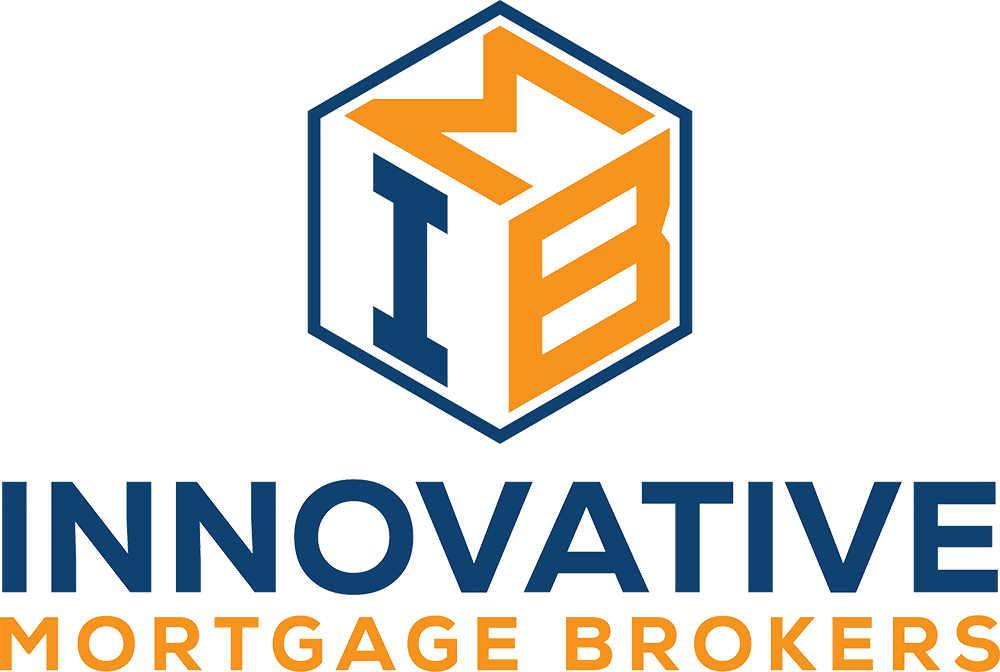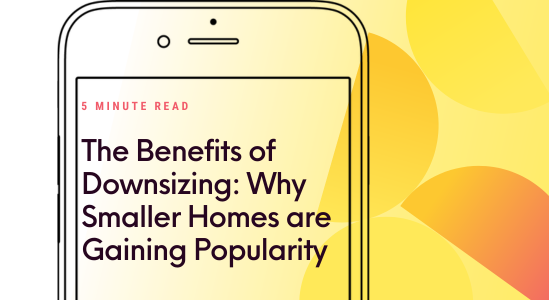As the housing market continues to evolve, more and more people are opting for smaller…
Using Social Security and Pension Income to Buy a Home
How Lenders View Retirement Income in Mortgage Applications
When it comes to qualifying for a mortgage, retirement income can be a reliable and acceptable source, as long as it meets specific criteria. This includes income from Social Security, pensions, and annuities. Each type is treated slightly differently, but the underlying requirement remains the same: the income must be stable, documented, and likely to continue.
Types of Retirement Income Considered
Lenders typically recognize the following sources of retirement income:
- Social Security: Includes retirement, disability (SSDI), and survivor benefits.
- Pension Income: Regular payments from a former employer.
- Annuities: Periodic payments from an investment or insurance product.
Documentation Requirements
To use retirement income for mortgage qualification, the borrower must provide clear documentation:
- For Social Security: The most recent SSA-1099 and current benefit letter
- For Pension: Award letter, 1099-R, and bank statements showing deposits
- For Annuities: Contract or documentation showing payment terms and duration, and evidence of recent payments
If the retirement income is being received jointly (e.g., spousal benefits), documentation must clearly reflect that.
Stability and Continuance
The income must be expected to continue for at least three years. This is particularly important for annuities, which may be set for a limited term. Social Security and pensions are generally considered stable unless there’s evidence to the contrary.
If the borrower is drawing down from retirement accounts (like IRAs or 401(k)s), lenders will require documentation showing the account balance is sufficient to support consistent withdrawals for at least three years. Scheduled distributions must be documented.
Grossing Up Nontaxable Income
A significant benefit of many retirement income sources is that they may be nontaxable. Lenders allow “grossing up” this income, essentially increasing the amount used in the qualification calculation. The typical gross-up rate is 25%, though some programs may allow more based on tax brackets and underwriting systems.
Considerations for Borrowers Near Retirement
If a borrower is close to retirement but still working, lenders may ask for clarification on the borrower’s intent. If the income used to qualify will change or stop after retirement, lenders must confirm there will be sufficient retirement income in place.
Loan Program Differences
Most loan types, Conventional, FHA, VA, accept retirement income as long as it meets documentation and continuance guidelines. Automated underwriting systems (AUS) may apply slightly different standards, but human underwriters will still need to validate the income’s reliability.
Bottom Line
Retirement income is a valid and commonly used source in mortgage qualification. Whether it comes from Social Security, a pension, or an annuity, the key is proving that it’s consistent, well-documented, and likely to continue for at least three years.





